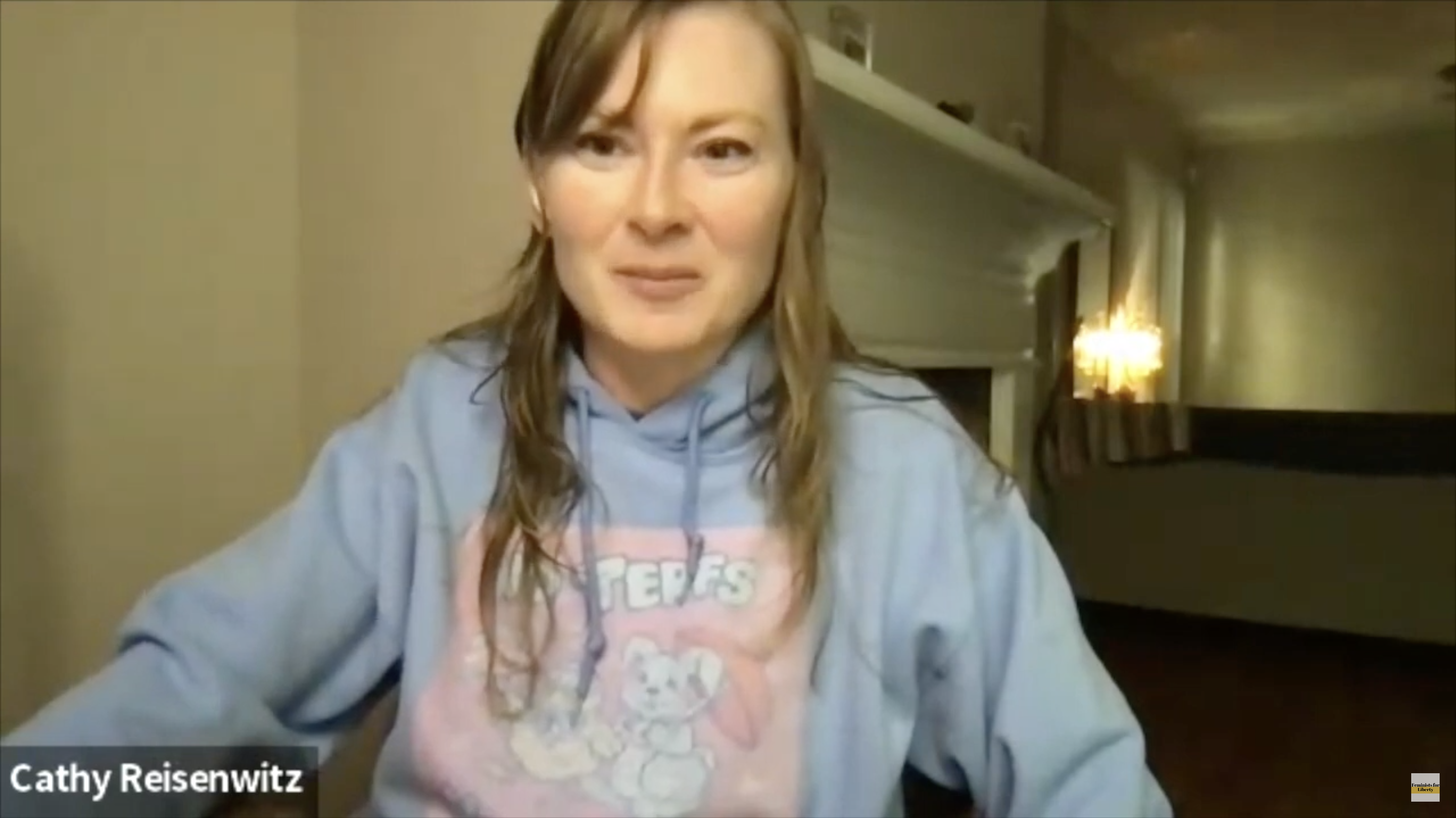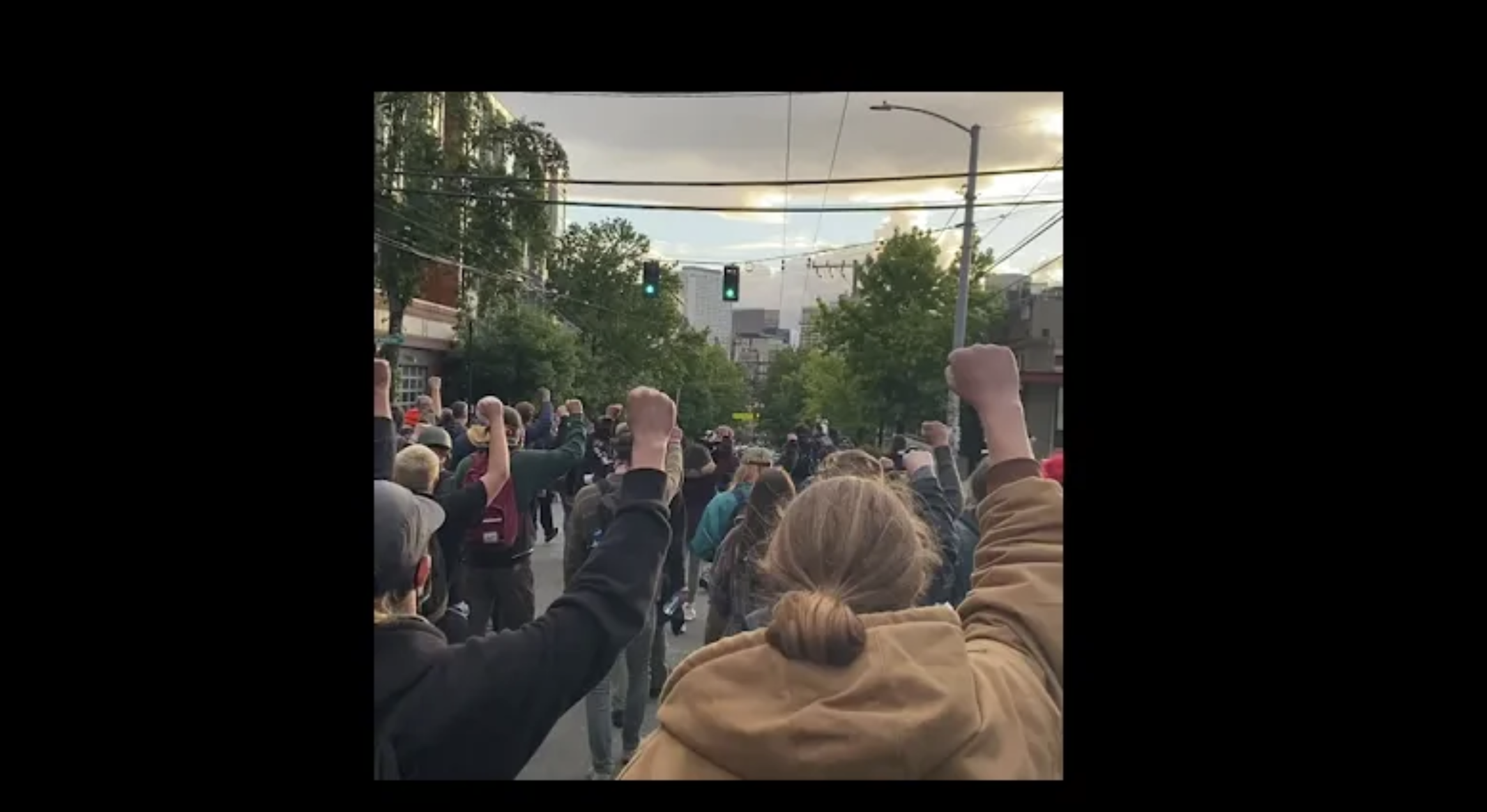Myth: The 19th Amendment, passed in August 1920, ended the fight for American women’s suffrage.

The 19th Amendment was ratified in 1920, declaring that “the right of citizens of the United States to vote shall not be denied or abridged by the United States or by any State on account of sex.” But many American women still faced barriers—legal and cultural—to casting a ballot.
“The truth is that [the 19th Amendment] barred states from denying voting rights based on gender but ‘guaranteed’ nothing,” noted Brent Staples at The New York Times last year. By the time it became federal law, “more than a dozen states had already granted millions of women voting rights before ratification, and millions of other women—particularly African-Americans in the Jim Crow South—remained shut out of the polls for decades afterward.”
After the 19th Amendment was ratified, “women would still have to navigate a maze of state laws—based upon age, citizenship, residency, mental competence, and more—that might keep them from the polls,” writes Martha S. Jones at National Geographic. “The women who showed up to register to vote in the fall of 1920 confronted many hurdles. Racism was the most significant one.”
In many parts of the country, intimidation and violence were used, along with a range of discriminatory voting rules, to deny black women (and men) the ability to actually vote.
“The 15th Amendment expressly forbade states from denying the vote because of race,” notes NatGeo. But “legislatures in the South and West had set in place laws that had the net effect of disenfranchising Black Americans. Poll taxes, literacy tests, and grandfather clauses kept many Black men from casting their ballots. Unchecked intimidation and the threat of lynching sealed the deal. With the passage of the 19th Amendment, African-American women in many states remained as disenfranchised as their fathers and husbands.”
In other words, the 19th Amendment didn’t actually end the fight for female enfranchisement in the United States.
“When the 19th Amendment failed to bring voting rights to Black women and men in the South, Black women’s organizations redoubled their efforts to register and vote for the next 45 years until the passage of the Voting Rights Act of 1965,” notes USC historian Francille Rusan Wilson. “College president Mary McLeod Bethune and banker Maggie Lena Walker registered Black women voters in 1920 in Florida and Virginia, but violence and intimidation soon followed. Septima Clark lost her teaching job in South Carolina for creating citizenship schools that helped register voters. Fannie Lou Hamer was brutally beaten for trying to register and went on to cofound the Mississippi Freedom Democratic Party.”
It wasn’t just black voters or those in the South who faced trouble putting their theoretical rights into action.
“Literacy tests remained an effective means of keeping some Hispanic and other women of color from voting long after the federal amendment was passed,” points out PBS. “It took a 1975 extension of the Voting Rights Act, prohibiting discrimination against language minority citizens, to expand voting access to women who rely heavily on languages other than English.”
And for many immigrant and indigenous American women, U.S. laws explicitly prevented them from voting long after the 15th and 19th Amendments were ratified.
“Native-born Asian Americans already had U.S. citizenship in 1920, but first generation Asian Americans did not,” PBS points out. “Asian American immigrant women were therefore excluded from voting until the Immigration and Nationality Act of 1952 allowed them to gain citizenship more than three decades after the 19th Amendment.”
“In 1920, Native Americans weren’t allowed to be United States citizens, so the federal amendment did not give them the right to vote,” PBS adds. “The first generation of white suffragists had studied Native communities to learn from a model of government that included women as equal democratic actors. But the suffragists did not advocate for indigenous women.”
Eventually, “native suffragists’ activism contributed to Congress passing the Snyder Act of 1924, which extended U.S. citizenship to all Native people, though in response many states enacted Jim Crow-like policies aimed at disenfranchising them,” notes The New York Times. “The Native suffragists also aided the push for the Wheeler-Howard Act of 1934, which stopped the breakup of tribal lands and emphasized tribal self-governance.”
Myth: Suffragettes liked being called suffragettes.
Suffragette is a term modern audiences use liberally in describing the folks who fought for female suffrage. But the U.S. activists fighting for votes for women generally considered it to be a derogatory term. Suffragette—a diminutive of the term suffragist, which was used to describe male activists—was primarily used by the female suffrage movement’s detractors as a way to mock women for playing at politics. But women’s rights campaigners themselves tended to prefer being called suffragists, the same label applied to their male counterparts who were seeking to expand franchise rights for women and people of color.
The term suffragette “was made up by a journalist in The Daily Mail in London,” author Elaine Weiss told The New York Times recently. “It was 1906, and he was making fun of the more militant suffragists in the U.K. — and so he used the diminutive ‘-ette’ to belittle them. But then they turned around, as often happens in a movement, and they decided to own it. They said, ‘OK, you’re going to call us suffragettes? We’re going to call ourselves suffragettes.’ But that was in Britain. The American press began using it too, just because it was cute, and expressed the disdain most American newspapers held for the movement.”
Myth: The Fight for Voting Rights in America Is Over
In 21st Century America, authorities have devised new ways to disenfranchise people under their rule and to guard access to political power. For instance, many states refuse voting rights to anyone who has been convicted of a felony.
Disenfranchisement of people with criminal records excludes a huge range of Americans—many of whom were convicted of violating anti-drug laws or other offenses that hurt one—from having the right to participate in electoral politics. And because of the discriminatory ways in which are criminal justice system is enforced, it winds up disproportionately disenfranchising black Americans, sexual and ethnic minorities, and other marginalized groups.
“Voter suppression tactics today are … designed to appear race-neutral or gender-neutral,” notes The New Republic. And yet:
… [they] impact women differently. Voter I.D. laws, for example, are now in effect in 34 states, with 18 states requiring a photo I.D. in order to vote. But women are more likely to face difficulty in obtaining an I.D. to satisfy these requirements. According to the Brennan Center, one third of voting-age women do not have access to the identity documents they need to do so, like birth certificates and passports with their current legal name. Of those women lacking I.D.s when a strict voter I.D. law went into effect in North Carolina in 2013, a disproportionate number were women of color—according to the Southern Coalition for Social Justice, who has successfully challenged those laws.
[…] The available research also suggests that many trans women could be disenfranchised by voter I.D. laws. An analysis by the Williams Institute showed that 378,450 trans people who are eligible to vote in 2020 do not have I.D.s that show their correct name and/or gender marker and that 81,000 trans people live in strict voter I.D. states. Though these figures are for trans people overall and not only for trans women, they point to significant barriers for trans women. Even when such I.D. is not required, precinct officials have demanded I.D., as one did in 2019, telling a trans woman who was trying to vote she had to show him her I.D. “because your face does not match your name.” (She has filed suit against that county.)
Voter I.D. laws (and things like Real I.D.) is used along with shady redistricting, and other tactics to set up more barriers to individual Americans voting.
Meanwhile, arcane and strictly enforced rules around third-party candidates (those other than Democrats or Republicans) running for office, appearing on ballots, and participating in debates helps keep non-establishment parties and candidates of all sorts out of electoral politics (and the positions of power that result from it), denying voters from even having the option to choose people not backed by binary party apparatuses and massive funding, keeping the range of ideas we can all vote on to those already popular with those in power.


